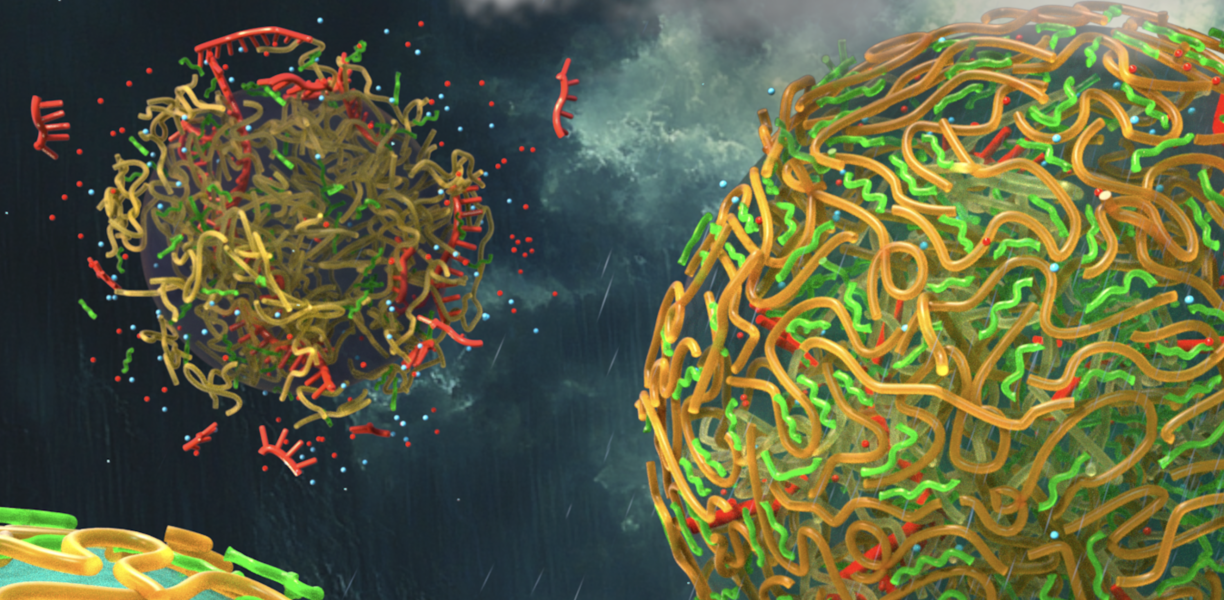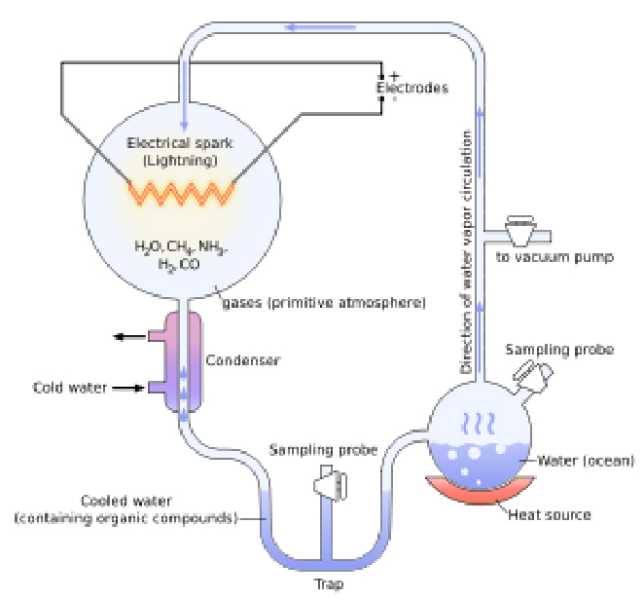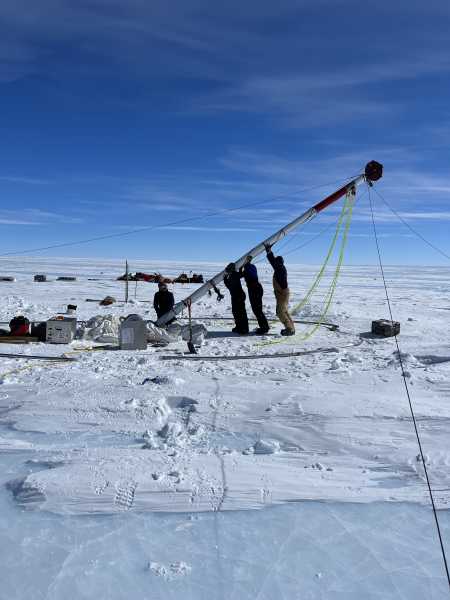
How did early cells maintain their identity while still allowing some exchange? (Image credit: University of Chicago Pritzker School of Molecular Engineering/Peter Allen, Second Bay Studios, CC BY-ND)
Billions of years of evolution have resulted in modern cells being incredibly complex. Inside cells are small structures called organelles that perform specific functions necessary for the cell to survive and function properly. For example, the nucleus stores genetic material, and mitochondria are responsible for energy production.
An important component of a cell is the membrane that surrounds it. Proteins embedded in the membrane regulate the movement of substances in and out of the cell. This complex membrane structure has allowed life to become as diverse as we know it. But how did the earliest, simplest cells hold it all together before complex membrane structures emerged?
In our recently published study in the journal Science Advances, my colleagues and I from the University of Chicago and the University of Houston explored the intriguing hypothesis that rainwater may have played a key role in stabilizing early cells, paving the way for complex life.
Origin of life
One of the most fascinating questions in science is how life arose on Earth. Scientists have long wondered how nonliving matter such as water, gases, and mineral deposits transformed into living cells capable of replication, metabolism, and evolution.

The Miller-Urey experiment demonstrated that complex organic compounds can be prepared from simpler organic and inorganic materials.
Chemists Stanley Miller and Harold Urey of the University of Chicago conducted an experiment in 1953 that showed that complex organic compounds—that is, carbon-based molecules—could be synthesized from simpler organic and inorganic substances. Using water, methane, ammonia, hydrogen gases, and electric sparks, the scientists produced amino acids.
Scientists speculate that the earliest forms of life, known as protocells, spontaneously emerged from organic molecules that existed on early Earth. These primitive cell-like structures likely consisted of two main components: matrix material, which provided a structural framework, and genetic material, which contained the instructions for the protocells to function.
Over time, these protocells gradually developed the ability to replicate and perform metabolic processes. Certain conditions, such as a constant source of energy, organic compounds, and water, are necessary for the basic chemical reactions to occur. Compartments formed by the matrix and membrane played a key role in creating a stable environment that could concentrate reactants and protect them from the external environment.
Sourse: www.livescience.com





